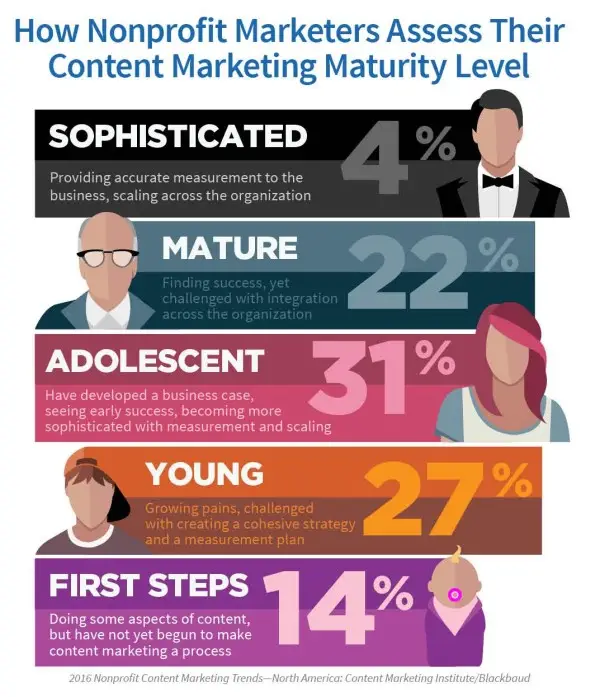How do I create an effective social media strategy for a nonprofit organization?


Creating an effective social media strategy for a nonprofit organization is crucial in today’s digital age. With the power of social media, nonprofits can reach a wider audience, engage with their community, and raise funds for their cause. In this article, we will explore the steps to creating an effective social media strategy for a nonprofit organization, focusing on building an online presence, increasing engagement, and maximizing outreach.
Building an Online Presence
Building a strong online presence is the foundation of any successful social media strategy for a nonprofit organization. Here are some key steps to consider:
1. Define your goals: Start by identifying your organization’s goals and objectives. Are you looking to raise awareness about a specific issue, increase donations, or recruit volunteers? Clearly defining your goals will help you tailor your social media strategy accordingly.
2. Identify your target audience: Understanding your target audience is essential for effective communication. Research and analyze the demographics, interests, and online behavior of your target audience. This will help you create content that resonates with them and drives engagement.
3. Choose the right platforms: Not all social media platforms are created equal. Select the platforms that align with your target audience and goals. Facebook, Twitter, Instagram, and LinkedIn are popular choices for nonprofit organizations. Each platform has its own strengths and features, so choose wisely.
4. Create a content calendar: Consistency is key when it comes to social media. Develop a content calendar that outlines the type of content you will share, the frequency of posting, and the platforms you will use. This will help you stay organized and ensure a steady flow of content.
Increasing Engagement
Engagement is crucial for a successful social media strategy. It helps build a sense of community, encourages interaction, and increases visibility. Here are some tips to increase engagement:
1. Share compelling content: Create content that is informative, inspiring, and shareable. Use a mix of text, images, videos, and infographics to keep your audience engaged. Tell stories, showcase impact, and highlight the work of your organization.
2. Encourage user-generated content: User-generated content is a powerful tool for engagement. Encourage your followers to share their stories, experiences, and photos related to your cause. This not only increases engagement but also helps spread awareness.
3. Respond to comments and messages: Social media is a two-way street. Respond to comments, messages, and mentions in a timely manner. This shows that you value your audience and encourages further engagement.
4. Run contests and campaigns: Contests and campaigns are a great way to generate excitement and engagement. Consider running photo contests, fundraising campaigns, or social media challenges to involve your audience and create a buzz.
Maximizing Outreach
To maximize outreach, it’s important to go beyond your existing followers and reach new audiences. Here are some strategies to consider:
1. Collaborate with influencers: Identify influencers or organizations in your niche and collaborate with them. This can help you tap into their existing audience and expand your reach. Consider guest blogging, co-hosting events, or cross-promoting content.
2. Use hashtags strategically: Hashtags are a powerful tool for increasing visibility. Research and use relevant hashtags that are popular in your industry or cause. This will help your content reach a wider audience and increase discoverability.
3. Leverage paid advertising: While organic reach is important, paid advertising can significantly boost your outreach. Consider running targeted ads on social media platforms to reach specific demographics or promote specific campaigns.
4. Measure and analyze: Regularly monitor and analyze your social media metrics to understand what’s working and what’s not. Use tools like Google Analytics, Facebook Insights, or Twitter Analytics to track engagement, reach, and conversions. This data will help you refine your strategy and make informed decisions.
In conclusion, creating an effective social media strategy for a nonprofit organization requires careful planning, consistent effort, and a deep understanding of your audience. By building an online presence, increasing engagement, and maximizing outreach, nonprofits can leverage the power of social media to raise awareness, drive fundraising efforts, and make a lasting impact in their community.
Recent Posts
How do I create an engaging and informative online quiz or assessment?
Creating an engaging and informative online quiz or assessment can be a powerful tool for… Read More
What are the most effective methods for managing and reducing work-related stress in the hospitality industry?
Work-related stress is a common issue in the hospitality industry, where employees often face long… Read More
How can I improve my assertiveness and communication skills in a leadership position?
In a leadership position, assertiveness and effective communication skills are crucial for success. Being able… Read More
What are the key elements of a successful employee recognition and rewards program?
Employee recognition and rewards programs play a crucial role in motivating and engaging employees, as… Read More
How do I effectively manage and respond to customer feedback and reviews?
Customer feedback and online reviews play a crucial role in shaping a company's reputation and… Read More
What are the best strategies for effective time management as a stay-at-home parent?
Effective time management is crucial for stay-at-home parents who juggle multiple responsibilities on a daily… Read More